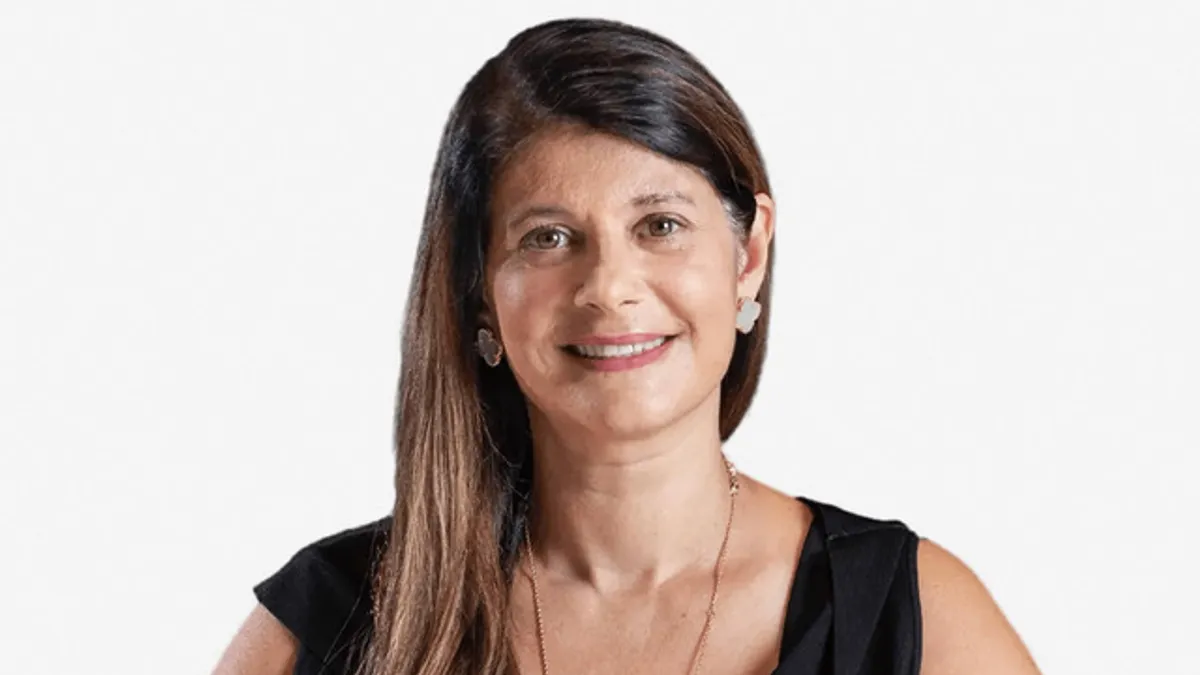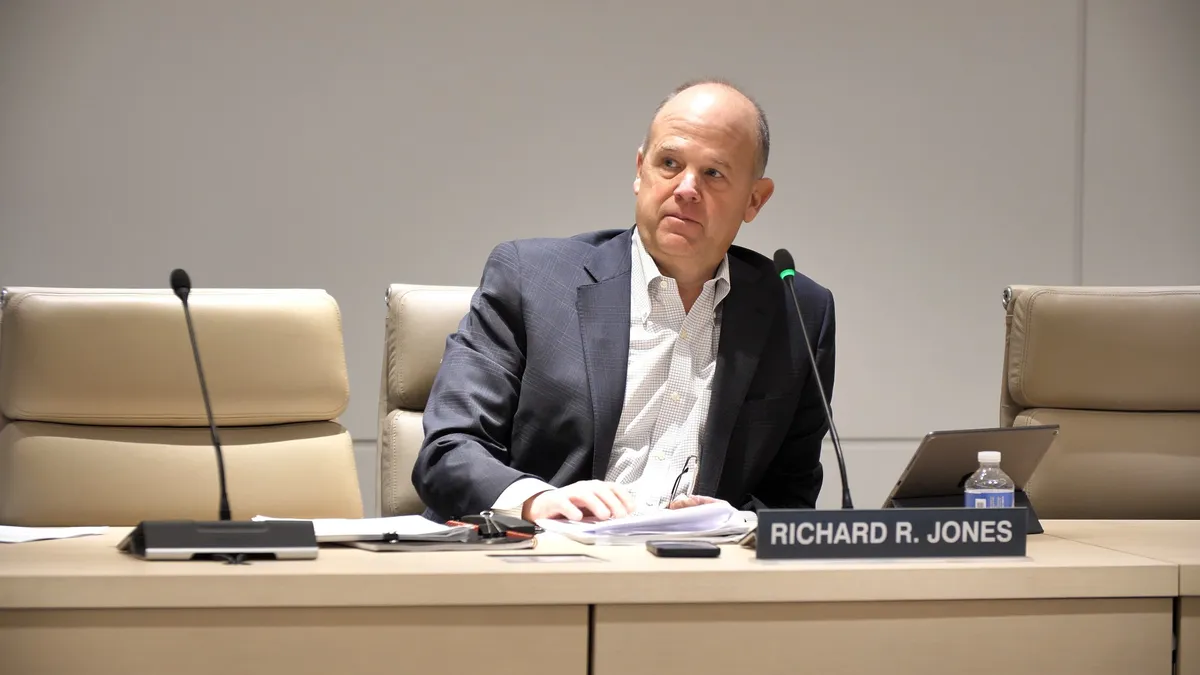RingCentral CFO Sonalee Parekh is swinging for the fences as she aims to hit the cloud-based communication provider’s goal of generating $270 to $290 million of unlevered free cash flow in 2023.
The goal — which would mean a doubling of its cash flow the year prior — means never losing track of the fact that she’s leading a growth company.
“The best way to drive profitability and free cash flow is to grow,” Parekh said in an interview.
Parekh is looking to build on the promising financial results the Belmont, California company saw in its second quarter. The company exceeded Wall Street expectations despite continued economic headwinds, reporting an 11% increase in total revenue for Q2 2023 to $539 million in August, as well as another 11% jump in subscription revenue to $514 million.
It also reported a non-GAAP operating margin of 19.4% for the quarter ending June 30, a quarterly record, as well as total cash and cash equivalents of $225 million.
The company’s strong Q2 results put RingCentral “in a small group of highly successful software companies that are able to… continue to grow, but grow more and more profitably,” Parekh said.
Hitting a growth, profitability medium
An experienced financial executive whose resume includes roles at Lehman Brothers and Hewlett Packard Enterprise as well as banks including Barclays and Goldman Sachs, Parekh took RingCentral’s top financial seat just over a year ago in May 2022 — a time when SaaS providers as well as other firms in the technology space were being hit particularly hard by inflationary challenges.
Nearly three-quarters of SaaS providers have increased their prices since August 2022, and others have recently turned to a higher reliance on usage-based pricing models in a bid to retain their customers, Industry Dive sister publication CIO Dive has reported.
Economic headwinds also caused many technology companies to reverse their past strategies of “growth at all costs” to driving profitability, a pivot that for many included cutting staff and pulling back on expenses, including their technology spending. RingCentral was among those companies who reduced its workforce in 2022, announcing a 10% staff reduction last November.
“You have a choice when you're a CFO, when you make those changes, or when you take those efficiency measures, you end up with more operating margin and cash flow and you can either have all of that trickle to the bottom line, or you can reinvest it,” Parekh said. “And… our choice was extremely deliberate that of those savings, a portion would obviously go to improving profitability.”
However, it’s important for CFOs not to course-correct from growth to profitability too severely, she said.
“I think the focus on profitability is likely here to stay,” she said. “Now, I think the world went from growth at all costs, to a heavy pivot to profitability, and sometimes you overshoot in both directions,” she said. “So there should be a happy medium somewhere.”
Boosting product innovation
Achieving that balance is critical — when the aim is to drive healthy growth, there are certain things that the company may not be able to do, and companies must “fiercely prioritize where you do invest,” she said.
RingCentral’s investment in product innovation over the past few quarters will serve as a positive for the company when the economic pendulum swings back around, she said. Among the company’s latest products are its contact center RingCX and its Ring Sense for phone products, the latter of which taps generative AI to help clients use their voice conversations for data-driven insights.
The macro environment has begun to stabilize in recent months, leaving Parekh on the lookout for “green shoots,” she said. RingCentral is seeing a healthy pipeline for the next few quarters, as well as a stable price environment, she said.
Continuing that momentum on product innovation is a critical part of Parekh’s focus as the company aims to hit its full-year guidance.The company’s second quarter was one of its most prolific for new product innovation — a deliberate choice on behalf of the company, which sees much of its growth from upselling to existing customers.
“It can be tempting as a CFO in an environment like this when money is no longer free, it's actually very expensive to just say, ‘Okay, we're going to cut back on investment,’” she said. “‘We're going to become very conservative, we're going to run the business for cash.’ We did the opposite.”
Part of hitting the company’s cash flow target also means reducing costs. Parekh is looking to achieve savings in sales and marketing to help drive down customer acquisition costs, as well as keeping an eye on collections. While the company has not seen this occur, an uncertain economic environment creates the challenge that certain clients may not be able to make payments, Parekh said.
“It’s something I've asked our treasurer to stay very on top of, because it's important that we collect and collect on time in the same way our suppliers expect us to pay on time,” she said.




















